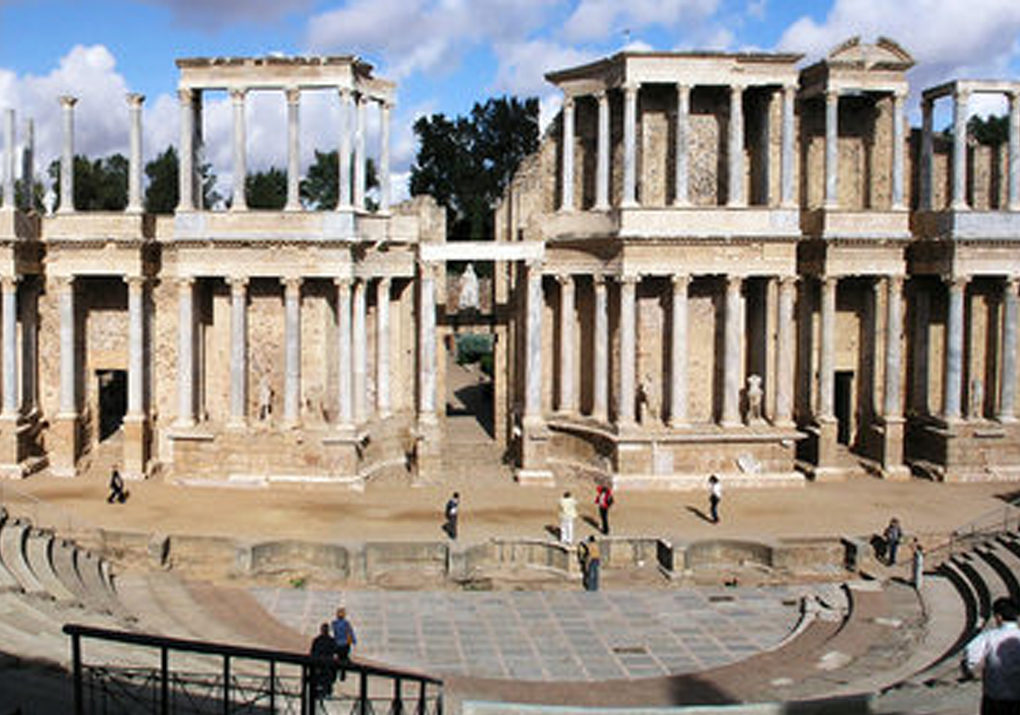
Dagmar Motycka Weston: Roman theatre’s scænæ frons as a thematic edifice
Ancient theatre was understood to have a cosmic significance, and may be seen as an archetype of architecture. The paper focuses on the symbolic content of Roman theatre’s scene building façade, the scænæ frons, which may be considered one of the key origins of the western sacred architectural façade. Developed from the city gate and the Hellenistic skene, and informed by the façades of Roman imperial palaces, the elaborate structure of the scænæ frons provided a scenographic framework and an additional layer of symbolic meaning to drama.
An architecture of both religious and a political significance, the scænæ frons, with its hierarchical structure of portals, columnar screens and aediculae, represented the celestial city of the gods, into which exceptional men may ascend. By being placed in the façade, the earthly ruler was deified. During the imperial period, the architecture of the scænæ frons came increasingly to represent Rome’s ambitions of world domination. In a culture highly attuned to commemoration and the art of memory, it seems likely that some façades were in part understood as an elaborate mnemonic device.
The paper further considers the affinity between the scænæ frons and the scenographic and commemorative architecture of the triumphal arch. It then looks at how the thematic structure of the Roman façade was absorbed into Early Christian and medieval iconography, where it lent a narrative, microcosmic content to church fronts, and an appropriate grandeur to Christ, represented in terms of a triumphant Roman emperor.

















































































